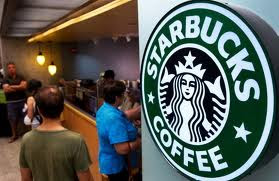An open internet letter in response to the posting by this particular "53% guy" was featured recently in The Daily Kos. The letter was written by Max Udargo. It is remarkable as a "back at you" letter in that it is full of compassion. Because it is written without rancor or judgment, the letter demonstrates tools that we can use in the business world to communicate disagreement without making enemies. It can help us sustain our relationships.
The points made in the original post by the "53% guy":
- he is a former Marine and works two jobs now
- he worked 60-70 hours per week to put himself through college
- he hasn't had more than 4 days in a row off in over 4 years
- he doesn't blame Wall Street for his situation
- he doesn't think anyone else should blame Wall Street
- he has honor and respect for how hard 53% guy works, and for his service as a Marine
- he doesn't think that the workload assumed by this young man can be maintained when he is 50
- he thinks that the American dream is closer to the 40 hour workweek
- sickness or family responsibilities would be difficult to accommodate under the current conditions of the 53% guy's life
- the 53% guy and all people everywhere deserve better
Udargo steers away from judging the 53% guy in any negative or possibly mis-understandable way. When his tone shows any emotion or judgment, it is directed at the historical actions of financial corporations. Udargo uses the words "we" and " strong ally" to convey where his sympathies lie--with the 53% guy.
Follow up:
1. What is the fundamental point upon which the 53% guy and Udargo disagree?
2. What techniques does the 53% guy use to convey his point of view? How do they differ from the techniques used by Udargo?
3. Think about a recent disagreement that you had with someone at work, at school, or in your personal life. What techniques did you use to convey that you disagreed? What techniques did the other person or people involved use? How did it play out?






